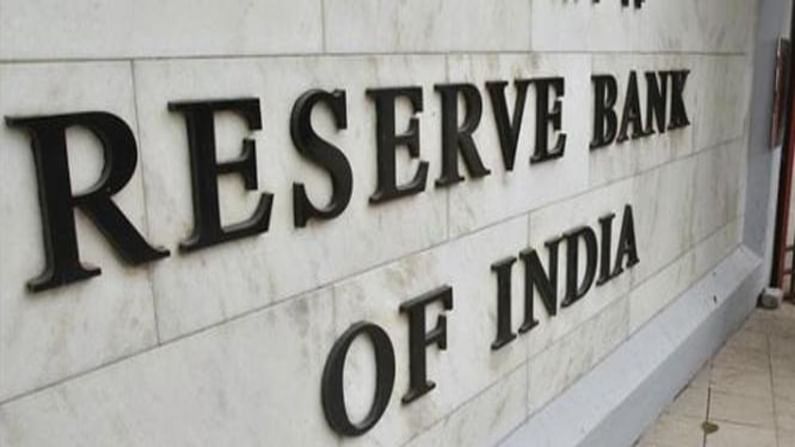RBI announces liquidity measures for sectors hit hard by Covid-19
In order to mitigate the adverse impact of the second wave of the pandemic on certain contact-intensive sectors, a separate liquidity window of Rs 15,000 crore is being opened till March 31, 2022, with tenors of up to three years at the repo rate.
- Press Trust of India
- Last Updated : June 4, 2021, 13:42 IST

In a bid to support the revival of sectors hit most by the Covid-19 pandemic, the Reserve Bank of India (RBI) on Friday decided to open a separate liquidity window of Rs 15,000 crore for certain contact-intensive sectors like hotels and restaurants, tourism, and aviation ancillary services.
This is in addition to an on-tap liquidity window of Rs 50,000 crore with tenors of up to three years at the repo rate till March 31, 2022, to boost the provision of immediate liquidity for ramping up COVID-related healthcare infrastructure and services in the country. This was announced on May 5.
“In order to mitigate the adverse impact of the second wave of the pandemic on certain contact-intensive sectors, a separate liquidity window of Rs 15,000 crore is being opened till March 31, 2022, with tenors of up to three years at the repo rate,” RBI Governor Shaktikanta Das said while announcing the bi-monthly monetary policy.
Under the scheme, banks can provide fresh lending support to hotels and restaurants; tourism – travel agents, tour operators, and adventure/heritage facilities; aviation ancillary services – ground handling and supply chain; and other services that include private bus operators, car repair services, rent-a-car service providers, event/conference organisers, spa clinics, and beauty parlours/saloons, he said.
“By way of an incentive, banks will be permitted to park their surplus liquidity up to the size of the loan book created under this scheme with the Reserve Bank under the reverse repo window at a rate which is 25 bps lower than the repo rate or, termed in a different way, 40 bps higher than the reverse repo rate,” he said.
In order to help, the Finance Ministry earlier this week expanded the scope of the Rs 3 lakh crore Emergency Credit Line Guarantee Scheme (ECLGS), which will now offer concessional loans to hospitals for setting up on-site oxygen generation plants.
Besides, the validity of the scheme has been extended by three months to September 30 and or till guarantees for an amount of Rs 3 lakh crore are issued.
The government has also removed the current ceiling of Rs 500 crore of loan outstanding for eligibility under ECLGS 3.0, subject to maximum additional ECLGS assistance to each borrower is limited to 40% or Rs 200 crore, whichever is lower.
Loans to the civil aviation sector have been made eligible under ECLGS 3.0. The ECLGS 3.0 earlier covered business enterprises in hospitality, travel and tourism, leisure, and sporting sectors, which had as of February 29, 2020, total credit outstanding not exceeding Rs 500 crore and overdue, if any, was for 60 days or less, on that date.
To nurture the still-nascent growth impulses and ensure a continued flow of credit to the real economy, he said, the Reserve Bank had extended fresh support of Rs 50,000 crore on April 7, 2021, to All India Financial Institutions (AIFIs) for new lending in 2021-22. This included Rs 15,000 crore to the Small Industries Development Bank of India (SIDBI).
“To further support the funding requirements of micro, small and medium enterprises (MSMEs), particularly smaller MSMEs and other businesses including those in credit deficient and aspirational districts, it has been decided to extend a special liquidity facility of Rs 16,000 crore to SIDBI for on-lending/refinancing through novel models and structures,” he said.
This facility will be available at the prevailing policy repo rate for a period of up to one year, which may be further extended depending on its usage, he said.
To provide greater flexibility in raising short-term funds by Regional Rural Banks (RRBs), Das said, it has now been decided to permit these banks to issue Certificates of Deposit (CDs) to eligible investors.
“With a view to providing issuers with greater flexibility in liquidity management, it has also been decided that all issuers of CDs will be permitted to buy back their CDs before maturity, subject to certain conditions,” he said.
In December 2020, the RRBs were permitted to access the liquidity windows of the Reserve Bank as well as the call/notice money market in order to facilitate more efficient liquidity management by the RRBs at competitive rates.
Download Money9 App for the latest updates on Personal Finance.
Related
- ICICI बैंक को 49.11 करोड़ रुपये के टैक्स डिमांड का मिला नोटिस
- बैंक कर्ज वृद्धि धीमी पड़कर 4.9 प्रतिशत पर: आरबीआई
- PSU के लिए शेयर बाजार से हटने को स्वैच्छिक ढांचा लाएगा SEBI, एफपीआई नियम होंगे सरल
- केनरा बैंक ने सभी बचत खातों में न्यूनतम शेष पर जुर्माने को खत्म किया
- SBI ने FD पर ब्याज दर में 0.20 प्रतिशत की कटौती की
- बैंक ऑफ महाराष्ट्र ने रिटेल लोन दरों में 0.25 प्रतिशत की कटौती की

